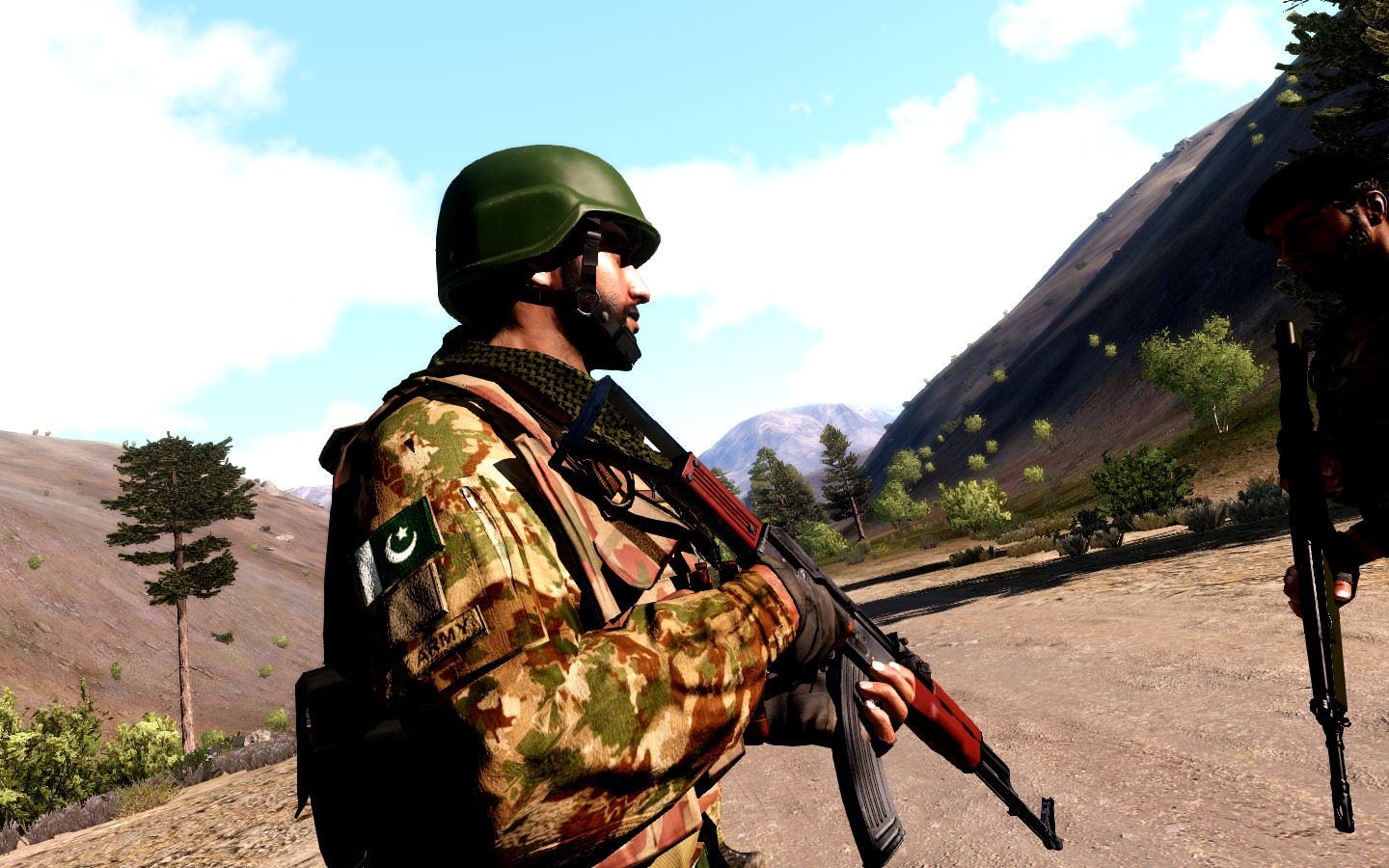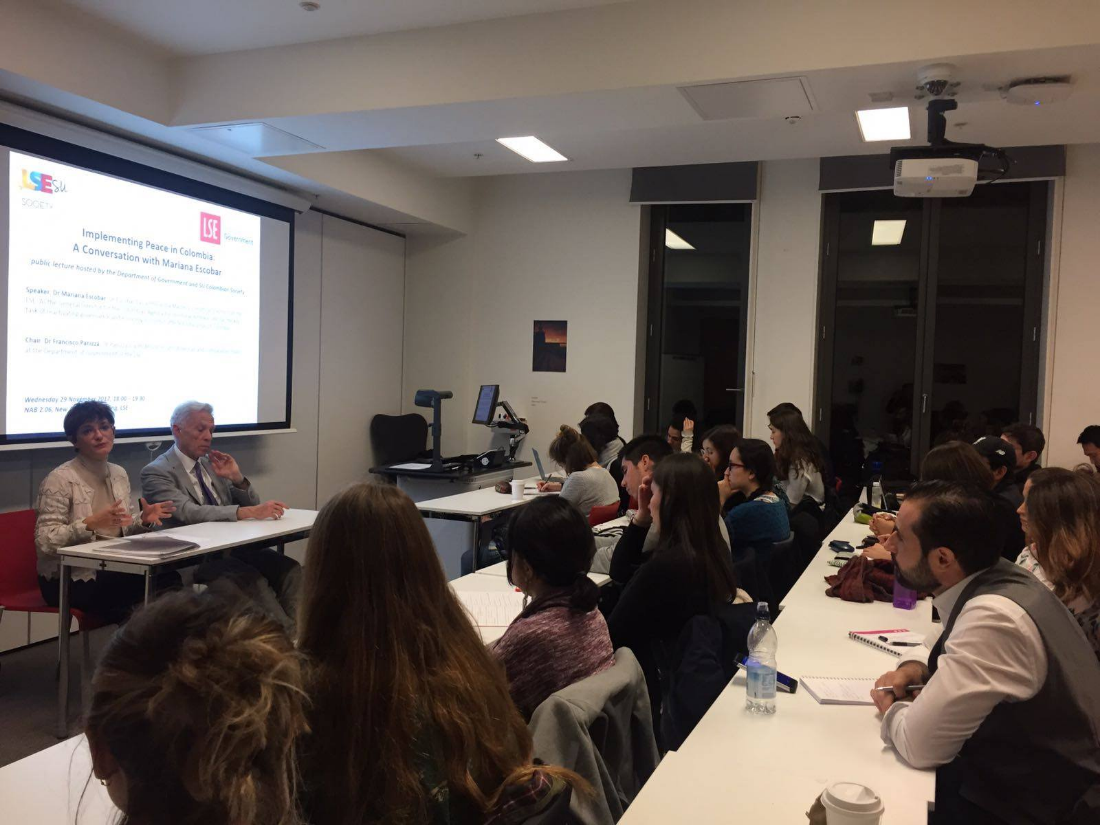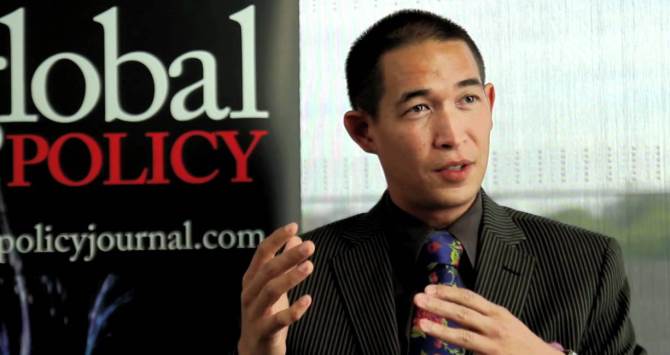William Guicheney, alumnus from Development Management, recently attended a CASEDE conference which aimed to change the status quo in addressing security and youth violence in Mexico. He tells us about his experience and what he took away from the event.
In early November I was invited by CASEDE – The Collective for the Analysis of Security with Democracy – to attend a conference in the Universidad Iberoamericana de Puebla on the topic of insecurity and youth. Having recently moved to Mexico after completing my MSc in Development Management in an effort to discover the continent I had spent countless hours reading about but had never lived in, I jumped on this unique occasion. Despite knowing little to nothing about the topic, I knew that the insights I would obtain from this event would prove invaluable for understanding a crucially important aspect of the local development context.
To say that violence and insecurity are prevalent issues in Mexico would be an understatement. Even though the country boasts the 11th largest GDP by purchasing power parity and is a firmly established upper middle-income country, the state continues to struggle to maintain the rule of law in large swaths of the nation. High levels of economic polarization combined with the country’s position as a drug hub between the United States and the rest of Latin America have continuously stimulated criminal activity the lower socioeconomic strata, particularly in poor urbanized areas. Drug trafficking syndicates participating in the illicit drug trade – believed to generate 15 to 50 US$ billion annually – are particularly important actors in this web of insecurity, contributing majorly to corruption and the weakening of the Mexican government.
To give you a scale of just how powerful these cartels are, the official death toll of the government’s war on drugs was above 120 000 as of 2013. That’s roughly fives times the total number of casualties from coalition forces during the Iraq war. Considering these daunting facts and the worsening of local security conditions, a number of questions arise: What efforts could be taken to ameliorate local security conditions considering the weakness of the state and high levels of corruption? What could lead thousands of youngsters to engage in such violence? The purpose of the conference, entitled Dialogues for Collaborative Action: The Experience of Building Youth Citizen Security, was to explore precisely these questions.
The roughly 30 young Mexicans that had been invited were as diverse as they were impressive. There was an entrepreneur who had chosen to live in the streets rather than his broken home as a teenager, falling into a life of violence and alcoholism, eventually finding his way after attending free boxing classes offered by a gym in his neighbourhood. Another one worked with young gang members in Monterrey, using art and dialogue as a method of educating them on gender-related issues and reducing violence against women. Regardless of the differences in their approaches to violence prevention, or the widely different contexts they operated in, these individuals were united by their absolute faith in the potential of Mexico’s youth.
The first day of the conference was dedicated to sharing and analyzing the violence-related issues that the participants experience in their respective contexts. The second day would be devoted to the creation of policy plans to ameliorate security conditions. The conference’s format was designed to encourage healthy debates and rigorous reflections. Through workshops on violence prevention led by external experts, re-enactments of common situations leading to violence, or presentations by the participants of their day-to-day work, the organizers managed to create an enabling environment for approaching such a difficult topic.
Every individual provided the same diagnostic regarding the deep drivers of youth violence: the dearth of social and economic opportunities, and the lack of family support to adolescents. With regards to the former, the scarcity of employment, as well as public spaces to gather in and create art or play sports, pushes youngsters to engage in illegal activities to both generate income and simply have something to do. The latter is a result of the poverty afflicting many communities, leading parents and older siblings to work long hours and be largely absent from home. As such, teenagers become easy targets for local gangs who offer them an opportunity to build their own identity, preying on their struggles with self-worth so prevalent at that age. One participant working in Michoacán, a region where the growing levels of insecurity has even led to the formation of controversial armed militias provided a clear example of this reality. He explained that young adults were faced with three choices: becoming a police officer or a militia member and risking their lives for a meagre salary, or joining a cartel and risking their lives for a decent wage and the chance to be part of a community that cares for them.
On the final day, the participants had the opportunity to present their policy suggestions during a multi-stakeholder event that gathered the IRDC, USAID, The Carlos Slim Foundation, and members of the federal and local government. Their main policy paper called for the creation of innovative economic clusters to promote the redistribution of the country’s wealth and human capital away from urban areas and into marginalized regions, the traditional hotbeds of violence. Another proposal called for a shift away from punitive to rehabilitative justice, as a way of transforming incarceration into an avenue for capacity enhancement. The rationale underpinning all these initiatives was that the youth should be directly involved in the elaboration and execution of these policies, rather than being side-lined and demonized.
The decision-makers present seemed flabbergasted to meet such a dedicated group of individuals, who without any real formal policy training had devised comprehensive and holistic action plans. A unanimous consensus slowly emerged on the necessity to include youths in the policymaking process, in accordance with the principles of participatory and grassroots approaches to development. All in all, this conference served to show that when individuals are given the resources and space to come together and work collaboratively on pressing issues, they would do so with the upmost diligence. Hence, a transition from top-down to bottom-up thinking may be an important first step in addressing insecurity and youth violence in Mexico.
I would like to personally thank and commend the Carlos Slim Foundation, the Universidad Iberoamericana de Puebla, Casede, IDRC and USAID for having dedicated time and resources to organizing this conference and allowing me to participate its in numerous events.
William Guicheney is French but has spent the majority of his life in Asia, North America and other European countries. After completing his bachelor’s at McGill University, he joined the LSE to complete an MSc in Development Management. William’s current research focus is at the intersection between inclusive economic development and cutting-edge digital technology, as he is a fervent believer in the necessity to adapt modern tools to achieve development goals in resource constrained environments. William is currently living in Mexico, where he is working as a development consultant in multiple NGOs and social enterprises.





